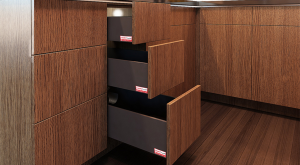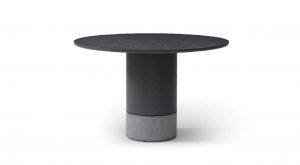Featured Post
Recliner Cleaning Tips for a Lasting Finish
Essential Recliner Maintenance and Cleaning Tips for Longevity
Recliners are an excellent addition to any living room, offering comfort and style. However, without proper care, they can quickly lose their charm. In this guide, we’ll share essential recliner furniture maintenance and cleaning tips to ensure your recliner stays in perfect condition for years.
Understanding Your Recliner’s Material
Knowing your recliner’s material is the first step toward effective maintenance. Different materials have specific cleaning needs, and treating them correctly ensures long-lasting comfort and aesthetics.
Leather Recliners
Leather recliners exude luxury but require careful attention to maintain their texture and prevent cracking. For proper care: - Dust and wipe the surface weekly with a soft, damp cloth to remove dirt and oils. - Apply a leather conditioner every 3 to 6 months to keep it supple. - Avoid exposing the recliner to direct sunlight to prevent fading.
Fabric Recliners
Fabric recliners are versatile and comfortable but can collect dust and stains more easily: - Regular vacuuming prevents dirt from settling into the fibers. - Use mild soap and water for spot cleaning, but always test in a hidden area first. - For persistent stains, consider professional cleaning to protect the fabric’s integrity.
Synthetic and Faux Leather Recliners
Synthetic and faux leather are easy-care alternatives, but they still require attention: - Clean with a damp cloth and mild soap solution. - Avoid excess moisture, as it can damage the synthetic material. - Use a conditioner formulated for faux leather to maintain its appearance.
Effective Cleaning Methods
When cleaning your recliner, it’s important to use the right methods to avoid damage.
Homemade Cleaning Solutions
Homemade solutions can be as effective as store-bought cleaners. Here are two options: - Leather Recliners: Mix equal parts white vinegar and water for a gentle cleaner. - Fabric Recliners: A paste of baking soda and water works well for spot cleaning stains.
Choosing the Right Commercial Products
For tougher cleaning tasks, commercial products might be necessary: - Choose pH-balanced cleaners for leather to maintain its finish. - For fabrics, select targeted stain removers that won’t damage the upholstery. - Always test any product on an inconspicuous area first to ensure it’s safe for your recliner.
Common Mistakes to Avoid
It’s easy to make mistakes when cleaning a recliner. Here’s what to watch out for: - Avoid using too much water or harsh chemicals like bleach, which can damage the material. - Don’t rub stains—blot them instead to prevent spreading and damaging the surface.
Long-Term Maintenance Tips
Routine maintenance is essential to prolong the life of your recliner and keep it looking fresh.
Preventing Stains and Spills
Accidents happen, but prevention can save you time and stress: - Use slipcovers or throws to protect against spills and stains. - Apply a fabric protector to repel liquids and make cleaning easier. - Encourage family members to avoid eating or drinking on the recliner to minimize risks.
Maintaining Recliner Mechanisms
A recliner’s comfort relies heavily on its mechanism. Keeping it in top shape ensures smooth operation: - Lubricate the moving parts with a silicone-based lubricant to prevent squeaks. - Check for loose screws or bolts and tighten them as needed to keep the recliner stable.
By following these recliner furniture maintenance and cleaning tips, you can extend the life of your recliner, keeping it both functional and stylish. Regular care not only preserves the look of your furniture but also makes it a long-term investment in comfort.









